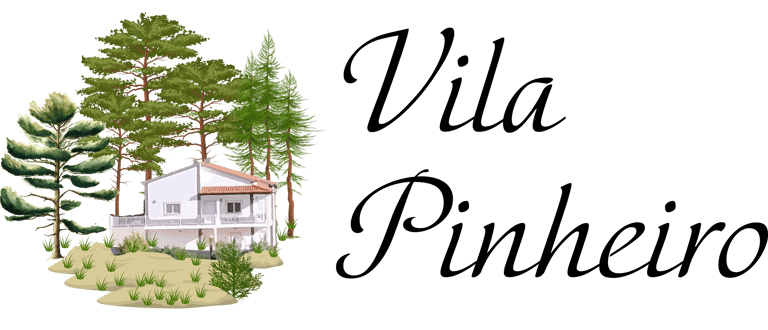

Design 10: Vila Pinheiro – Action Learning Pathway
Design 10 serves as the culmination of a multi-year permaculture diploma journey, weaving together the previous nine designs into a cohesive Action Learning Pathway. Anchored in Looby McNamara’s Design Web, this meta-design explores personal transformation through regenerative design, iterative practice, and spiritual alignment with ecological systems. It captures how the designer’s evolving understanding of permaculture deepened through experience, reflection, and cyclical learning.
At its core, the Action Learning Pathway documents not only what was designed but also how and why learning took place. The journey is charted across multiple learning cycles, each rooted in practice and followed by reflection, evaluation, and adaptation. These cycles are structured around McNamara’s web themes: Vision, Helps, Limits, Patterns, Principles, Action, and Integration. Through this framework, the design recognises that growth is non-linear, spiral-like, and deeply connected to ecological consciousness.
The narrative highlights the shifts in thinking that occurred as the designer moved from linear planning models to more emergent, adaptive approaches. Early designs focused on tangible outputs—such as bonsai systems, water harvesting, and energy planning—but over time, a more nuanced understanding of systems thinking emerged. Patterns began to emerge in relationships, energy flows, and inner transformation. The designer reflects on the value of tools such as seasonal reviews, feedback loops, journaling, and peer-to-peer mentoring as catalysts for resilience and insight.
The Pathway also reflects the development of unique frameworks—GRAZER for animal systems, GODREAMET for silviculture, and GoSADIMET for food and water planning—each born of direct engagement with land and life. These frameworks are not just functional tools but expressions of permaculture principles in a local and cultural context. They represent a maturing design voice: rooted in tradition, responsive to feedback, and flexible enough to evolve.
This design involves establishing Vila Pinheiro as a living curriculum site, where others can learn through immersion, storytelling, and hands-on practice. Workshops, guided walks, seasonal rituals, and community collaborations become vehicles for collective learning. The designer’s role shifts from planner to facilitator—from individualist to guide.
Ethics and spiritual practice form a strong thread throughout the design. Influences such as Ayurveda, Zen, Shin-Gyo-Sho (Japanese modes of progression), and indigenous earth-based traditions inform the designer’s evolving sense of dharma—right action. Action learning is reframed not only as pedagogy but as a life path—one where observation, reflection, and intention co-create landscapes that heal.
Ultimately, the Action Learning Pathway is not the end of the journey, but a regenerative spiral. It honours the wisdom gained from both failure and flourishing. It celebrates interconnection, both in ecological design and personal development. Through this design, Vila Pinheiro becomes more than a place—it becomes a narrative, a sanctuary, and a framework for ongoing transformation. The designer, in turn, becomes not just a practitioner, but a custodian of learning, land, and legacy.
Document Details:
Framework/s: Looby McNamara’s Design Web, Action Learning
Focus: Meta-Design, Reflection and Integration
Tools: GRAZER, GOCEAPER, GODREAMET, Seasonal Review Tools, Design Web
Document Format: PDF
Total Length: 100 pages
Estimated Read Time: 116 minutes
File Size: 14.27 MB
